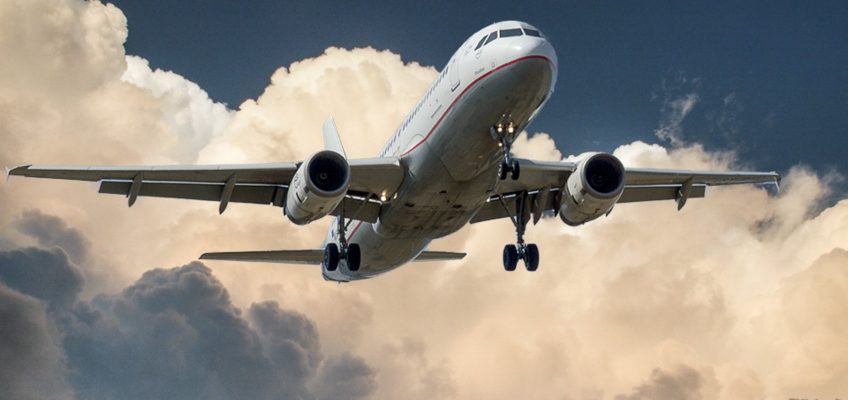Turbulence is simply part and parcel of air travel.
Whilst turbulence during flight is extremely common, it can be unsettling for many travellers.
Although it can strike fear in even the most seasoned travellers, it is important to remember that more often than not, turbulence is no cause for concern.
What causes it?
Turbulence is the result of a sudden change in airflow. It can be caused by a number of factors but the most common is simply turbulent (“rough”) air in the atmosphere.
Clouds, most notably cumulonimbus and thunder clouds, create turbulence. This is because they are filled with parcels of air moving up and down and often contain ice crystals and/or rain drops. Heat also plays a part because the sun makes warm air rise and cold air sink. Cloud related turbulence is most common in tropical areas where storm activity is consistently high.
Jet streams can also be to blame as they cause changes to wind speed. This type occurs at high altitude (above 15,000 feet) and is often referred to as Clear Air Turbulence (CAT). CAT can be forecasted but rarely detected until the aircraft encounters it.
Mountain Wave Turbulence results from air blowing over mountains (and even very tall buildings) causing updrafts and downdrafts. This type is often experienced when flying over mountain ranges.
Planes can also cause turbulence. This is called Wake Turbulence and can affect other planes in the vicinity – usually those following behind.
How bad can it get?
It is never a nice experience but turbulence has been categorised into Light, Moderate and Severe. The official IATA (International Air Transport Association) definitions of each classification are:
Light
Slight erratic changes in altitude and/or attitude (pitch, roll, yaw).
Prevailing conditions within the cabin include:
- Liquids shaking but not splashing out of cups
- Carts can be manoeuvred with a little difficulty
- Passengers may fee a light strain against seat belts
Moderate
Changes in altitude and/or attitude occur but with more intensity than Light turbulence. Aircraft remains in control at all times.
Prevailing conditions within the cabin include:
- Liquids are splashing out of cups
- Difficult to walk or stand without balancing or holding on to something
- Carts are difficult to manoeuvre
- Passengers feel definite strain against seat belts
Severe
Large, abrupt changes in altitude and/or attitude. Usually causes large variations in airspeed.
Prevailing conditions within the cabin include:
- Items are falling over, unsecure objects are tossed about
- Walking is impossible
- Passengers are forced violently against seat belts
Severe turbulence is a very rare occurrence.
How do pilots deal with it?
According to the US Federal Aviation Administration, turbulence is the leading cause of injury to cabin crew and passengers in non-fatal accidents. It costs airlines millions of dollars in damage, flight diversions and extra fuel.
Although planes are built to withstand it, pilots are also highly trained and informed. Pilots study weather patterns, plan ahead and select routes to minimise the potential. They have the benefit of pre-flight weather data and cockpit radar systems. Information from other pilots in the vicinity is also at their disposal. Rest assured, your pilot will do everything possible to minimise the turbulence experienced during the flight and inform you when some is anticipated.
How should you deal with it?
The best thing you can do is relax. This may be easier said than done, but the plane will withstand the turbulence and agonising over it certainly wont help.
If the pilot switches on the seatbelt sign, it’s not for fun and you should obey the instruction. Putting your seatbelt on will minimise the risk of suffering injury due to turbulence. Many seasoned travellers leave their seatbelt on whenever seated and this is a good habit to get into if you can.
Does seat selection help?
It will be felt wherever you sit but if you’re particularly worried about it, choose a seat near the wings – here you will be close to the plane’s centre of gravity and lift ensuring the smoothest ride. Avoid seats at the rear of the plane – seats close to the tail tend to offer the roughest ride.
Got questions? Why not call us on 1300 819 888 or send an email to info@goinsurance.com.au


